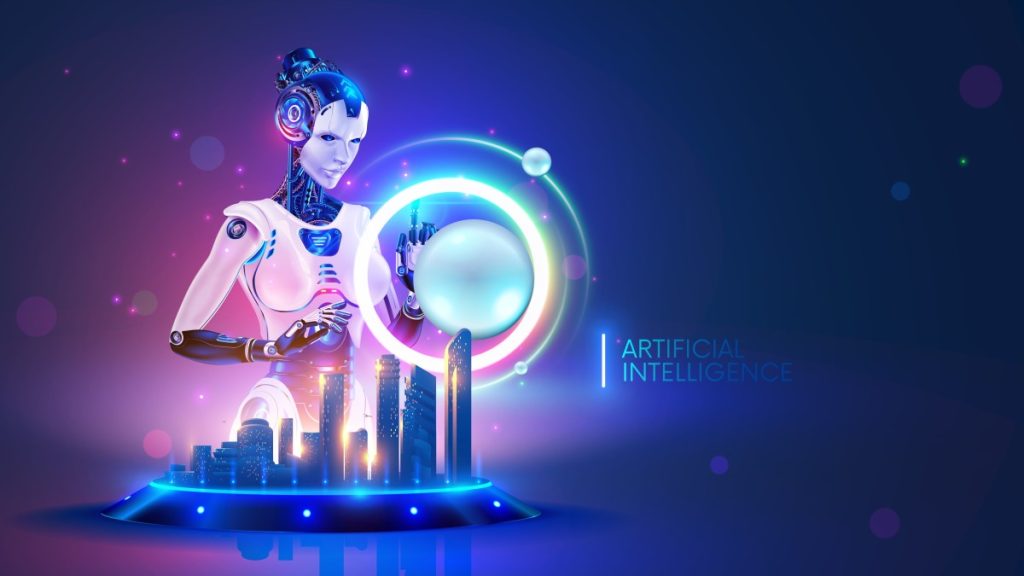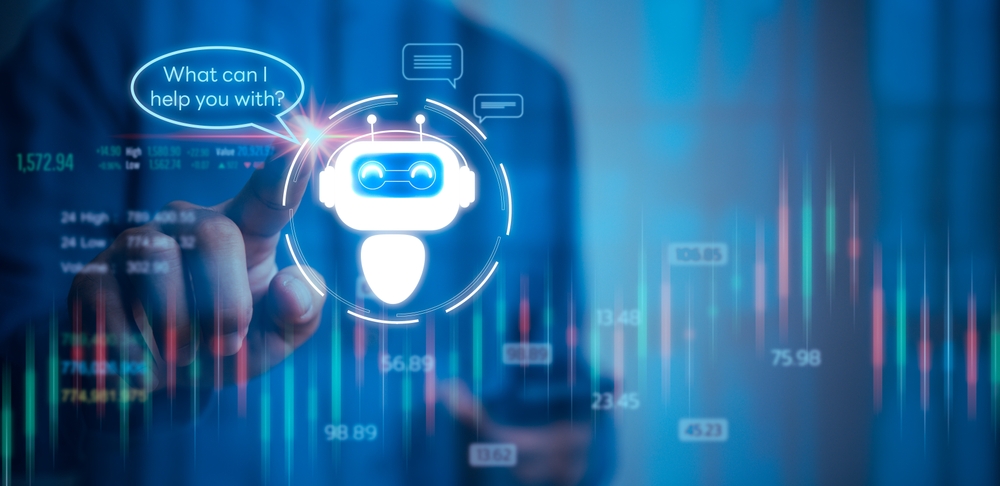AI is the topic of the moment in the tech industry. Whether it’s discussions around how it’s going to transform the creative industries or concerns about human beings losing their jobs to sufficiently advanced AI, it’s the primary point of discussion for businesses, entrepreneurs, and professionals alike.
One of the areas in which AI is expected to have the most impact is customer service, and it’s not difficult to see why. For many years, entrepreneurs and businesses have wondered how to streamline this aspect of their business; it’s not easy to deal with customer requests, after all, especially when they begin to build in volume.
Luckily (or unluckily, if you’re a customer service professional), generative AI is here to stay, and it’s already reshaping the world of customer service to look very different to the way it used to. Here’s the role AI is playing in reshaping customer service and what it might mean for the future of this industry.
What do we mean by “generative AI”?
First, it might be helpful to define our terms. When we use the phrase “generative AI”, we mean AI programs like ChatGPT and Google’s Bard, which use massive datasets and various methods to generate entirely new responses from the data they process.
In practice, this usually means that a chatbot like ChatGPT can give far more accurate and specific answers to questions than traditional searches can. That’s why Microsoft has moved to incorporate the GPT model into its Bing search engine, and why Google is currently experimenting with AI to augment its own search experience.
Alright, so what has this done to customer service?
There are many ways in which the customer service industry has already been impacted by advances in technology. These include better chatbots that are more able to answer customer queries, as well as more accurate predictions for customer issues, process automation, and more.
However, with the advent of generative AI, the customer service experience can be augmented even further. This is because AI can leverage the dataset it uses to learn in order to help customers answer hyper-specific queries, which current chatbots aren’t able to do effectively.
Let’s take an example. Imagine that a product is faulty. At the moment, a chatbot can only ask a customer to describe the problem, guessing roughly what the issue might be based on keywords present in the customer’s answer.
By using LLM (large language model) AI, however, chatbots can pinpoint a customer’s problem far more efficiently, then direct them to an effective solution quickly and easily.
This technology can be further adapted by the customer service industry; in theory, by training LLM AI on customer service datasets, AI could learn to respond to common customer complaints, thus ensuring that bots can deal with much larger volumes of customer queries than is currently possible.

Why is AI seen as more efficient than human customer service?
The reasons that AI is being adopted across the industry are numerous. For instance, AI finds it much easier to read and absorb large datasets than humans do, which means it can collect and interpret information in a fraction of the time that humans can.
In addition, AI is often significantly cheaper than paying humans a salary, which is part of the reason that there is so much concern around whether AI will replace humans in the future and lead to mass unemployment.
Another reason that AI is often seen as “better” at handling customer support jobs than humans could be somewhat more compassionate. Humans often burn out when having to deal with large volumes of irate customer enquiries, and it’s also often the case that human customer support assistants are emotionally ill-equipped to deal with the brunt of a customer’s anger, despite the fact that this often happens.
AI, meanwhile, can do so without any issue; AI is incapable of feeling emotion as a human would, which means that it doesn’t matter how much a human customer berates it or shouts at it, the AI will never allow that behaviour to get “under its skin”, so to speak. AI, therefore, saves the emotional wellbeing of human employees, at least in theory.
Is this already happening?
You bet it is. Earlier this year, UK energy company Octopus confirmed that 44% of all of its customer service emails are now being handled by generative AI processes rather than humans.
Other companies confirmed to be using this technology for customer support purposes include the ecommerce platform Shopify, the social media giant Meta, and the marketing tool Canva, among others.
It’s fair to say that generative AI is very much here to stay in the customer service world, especially if its adoption by these massive companies is anything to go by (and it usually is, given that big business is often indicative of trends that have real staying power).
What are the issues around generative AI in customer support?
We’ve already discussed the fact that widespread unemployment is a potential point of concern when it comes to AI replacing human customer support employees. Of course, for companies, this won’t be an issue, as businesses are usually looking to save on costs, but for the employees themselves, this represents a massive threat to their livelihoods.
In addition, AI is not perfect. Generative AI models, no matter how smart they are, will often make mistakes. This is called “hallucinating”, and it can lead AI down strange rabbit holes that make little sense. Inaccurate or poorly-sourced information can often be provided in these cases, and this is especially dangerous when a human customer is on the receiving end of that information.
Of course, AI companies are working hard to try and combat hallucination wherever they can, but for the moment, it’s impossible for a company to solely rely on AI customer support without any human intervention. Given the speed at which AI is growing and changing the landscape, though, we don’t expect that to be the case for much longer.


